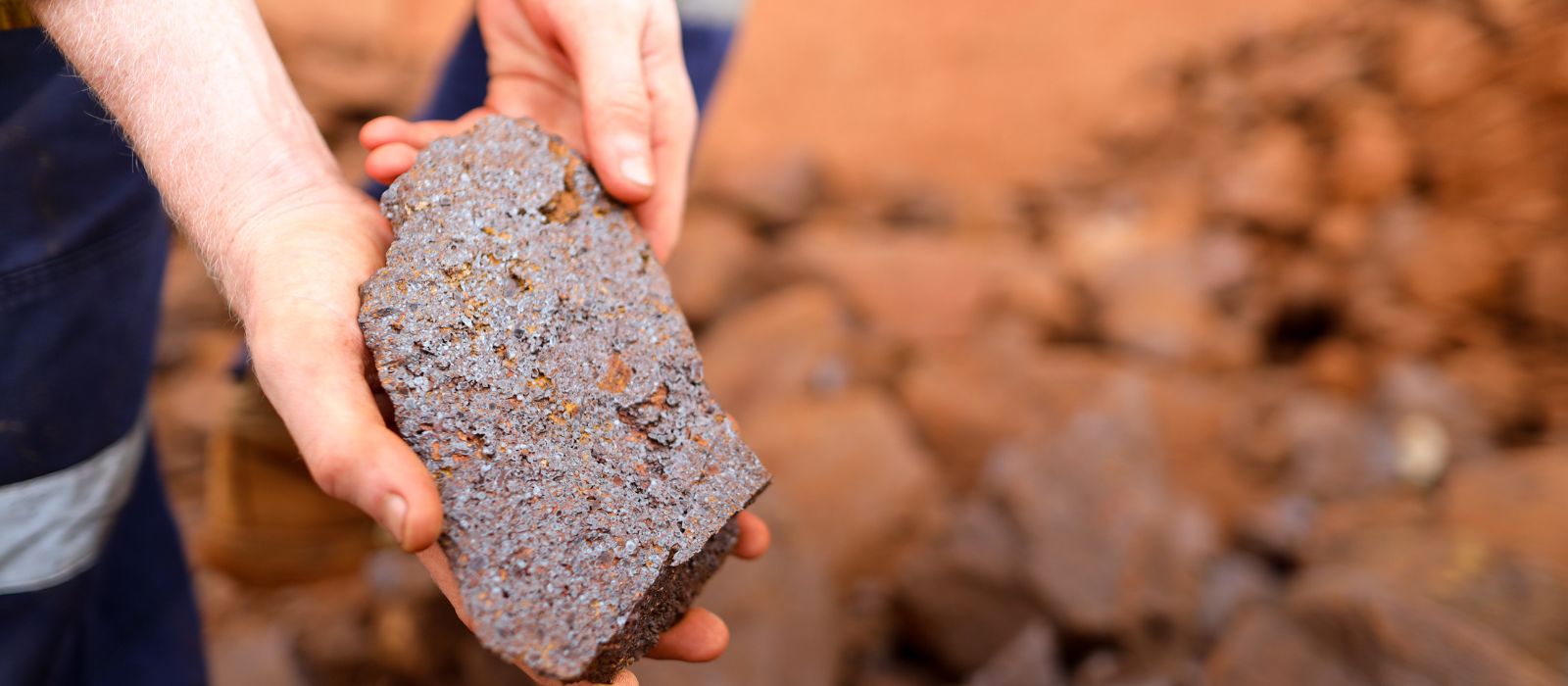Book review: Practical Ore Mineralogy by Mike Wort

As metallurgists (or minerals process engineers as some of us like to be known) we deal with minerals, not elements.
This is fast becoming a mantra sounded by the old guard; picture those from the era working in a processing facility kitted out in a crisp white shirt and tie. However, this message appears to be getting lost, as even though we now have access to far more sophisticated instruments and data resolution (scanning electron microscopes (SEM) for one), the uptake of this information to better understand our trade craft is lacking. Whilst there could be lengthy, opinionated discussions as to the reasons why, surely basic mineralogical education and understanding of today’s minerals engineers is high on the list.
Enter Practical Ore Mineralogy (2021, AusIMM) composed by Mike Wort FAusIMM(CP), who brings a unique skillset to the subject given his extensive 50-year career working as a mine geologist, mineralogist and minerals process engineer on a wide range or of deposits around the world. If anyone understands the end-to-end importance of mineralogy, it is Mike.
Whilst Mike’s intention for the manual is to preserve those basic mineralogical identification skills that are slowly writing themselves into the history books, one thing it subtly does is reinforce that the ores we process are unique and complex, and to effectively process them we need to understand their mineralogical composition.
If you are a young metallurgist starting out, or one who has been around the merry go round a few times but have just taken a new challenge in a completely different ore body or commodity, then Practical Ore Mineralogy can assist you to hit the ground running. The compilation is a great go-to reference to get a basic understanding of what you may be dealing with and provide some useful skills to identify minerals on location (you won’t get the pretty SEM mineral map pictures, just good old-fashioned mineralogical information quickly).
The compilation is structured into four parts. Part 1 sets the scene, some geological and mineralogical fundamentals to highlight the origins of our ores, and most importantly some of the key things we as minerals process engineers should know and seek the answers for. Part 2 focuses in on those traditional mineral identification tools and techniques (what metallurgist wouldn’t want to put some acid onto a rock to see if there is a chemical reaction). Part 3 is where it gets serious as the major commercially valuable minerals/mineral groups are discussed in detail (there are 28 chapters in total) and finally Part 4 contains an organised listing of the minerals based on their density.
The standout feature is in the mineral/mineral group chapters (Part 3). Each is quite succinct and intertwines a good synopsis covering either all or a combination of the history, uses, mineral and ore type formation, typical associations (including gangue), examples of deposits/operations around the world and potential processing methods. The deposit/operation examples are particularly useful, as they provide great references to further your research of an ore/mineral group; if you are dealing with and iron oxide-copper-gold ore, chapter 20 will point you in the direction of Olympic Dam, Prominent Hill, Carrapateena and Ernest Henry. And if you are new to gold processing, chapter 15 will highlight a potential implication of pyrrhotite in a gold-bearing ore being processed by the cyanidation/carbon-in-pulp process.
And for the crescendo, most of the mineral/mineral group chapters have a table listing the major minerals with key composition and property information, an extremely handy guide to support rapid identification when putting to use the techniques described in Part 2.
Practical Ore Mineralogy is not a detailed one-stop-shop bible, nor does it claim to be, but a great reference to provide that initial kick-start in basic mineralogical knowledge for the major minerals/mineral groups coupled with some tools and methods which can assist with quick onsite identification. It is highly recommended metallurgists hove one of these on the shelf and its worth a quick review prior to that next discussion with a geologist; the look on their face will be priceless.
Practical Ore Mineralogy is available in hardcopy and digital formats from the AusIMM Digital Library. Take advantage of our 25% off for 25 hours flash sale on spectrum publications, using code FLASH25 at checkout.